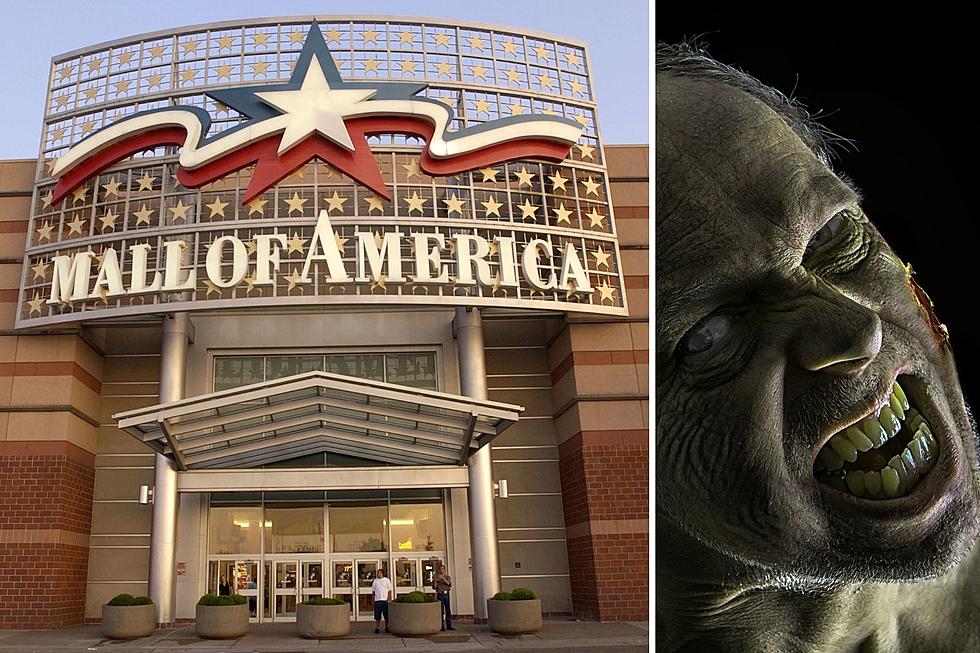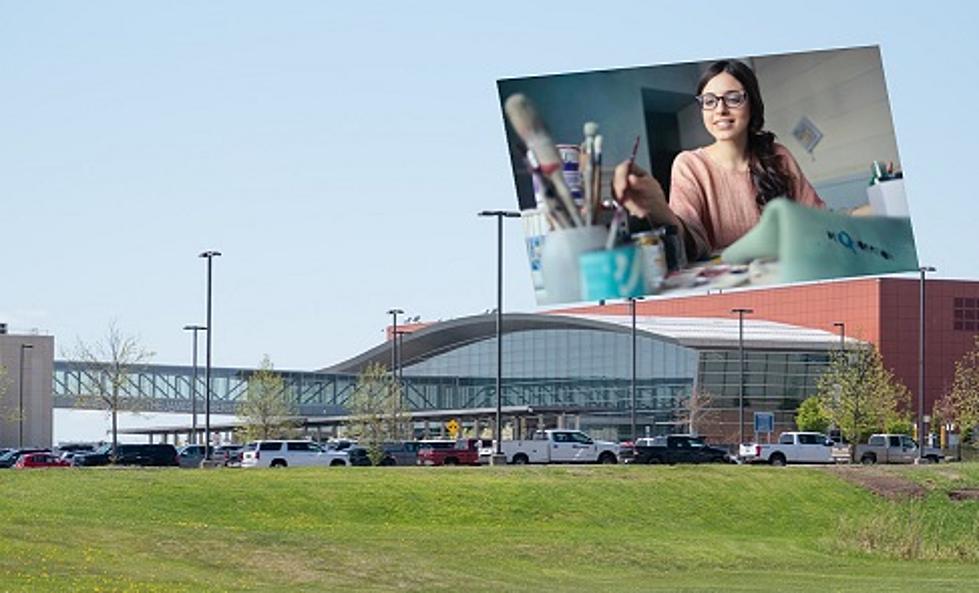
Should I Add Air to My Tires in This Below Zero MN Weather?
It's a Minnesota tradition. The temperature plummets below-zero, the tire pressure alert lights up on your dash, and you wonder if you should add air to your tires or not.
According to Firestone, the answer is a simple, yes.
OK, but why? When the temperature drops, the air in your tire contracts, lowering the pressure. (The opposite happens when the temperature climbs.)
Now if you left your tire pressure at it's low level during the cold, it would theoretically increase when the cold snap passes -- but that thinking is like not setting your clock back an hour in the fall, because it will be correct again when you 'spring forward.'

What's the Big Deal About Low Tire Pressure?
According to Firestone, low tire pressure can lead to:
- Increased stopping time: Underinflated tires can increase braking time and skid more easily on wet or slick pavement.
- Poor fuel economy: Underinflated tires can lower gas mileage by about 0.2% for every 1 PSI drop in the average pressure of all tires.
- Decreased tire lifespan: Underinflation can decrease the lifespan of your tires and make them more vulnerable to damage—all leading to you having to buy more tires, more often.
Great, But Now What Should I Do?
- Find you recommended tire pressure. Look in your manual or on a sticker inside the driver's side door jamb.
- Add air to attain the desired PSI (pounds per square inch) of tire pressure. Many gas stations have automatic tire stations that allow you to type in the desired pressure, and it stops filling when the programmed PSI is met. A hand-held tire pressure gauge will also do the trick.
- If uncertain about it all, visit a tire retailer. Most tire retailers will check and set you tire pressure free of charge.
- Give it a bit. On many newer cars with automatic air pressure warning lights, it might take a bit for the system to reset after air has been added, before the warning light turns off.
LOOK: 35 Vintage Cereals That Perfectly Captured Pop Culture Moments
Gallery Credit: Rob Carroll
LOOK: 15 Discontinued McDonald's Menu Items
More From B105






